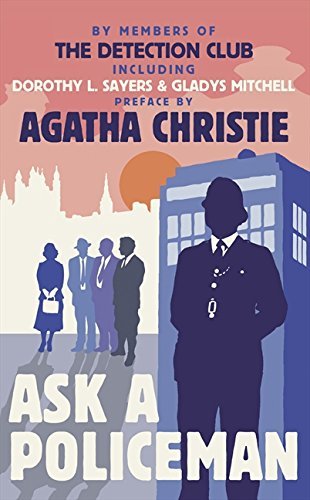What do you think?
Rate this book


336 pages, Paperback
First published January 1, 1933
that the [four] Solvers have been more than good-natured. Even if they have introduced a touch or two of parody, they have nade their fellow sleuths extremely ingenious. In fact it seems plain to me that each of the four solutions is the right one.I can vouch that that's the case for three out of the four detectives' chapters. Part III reveals the actual denouement that Milwarad Kennedy envisioned. Read his solution for yourself and see who scored a hit.